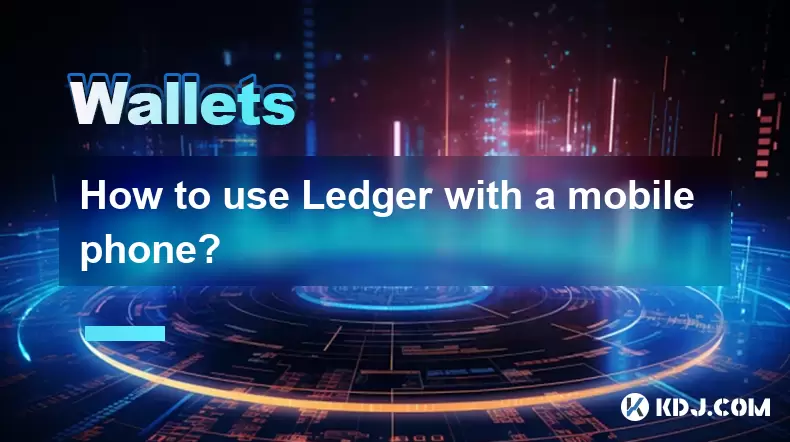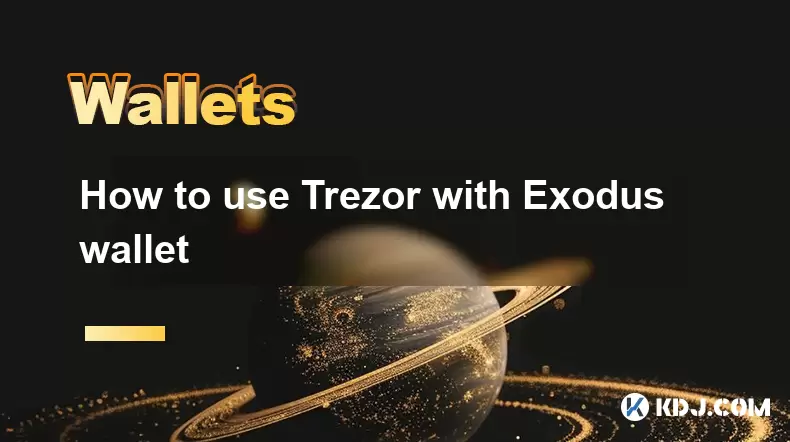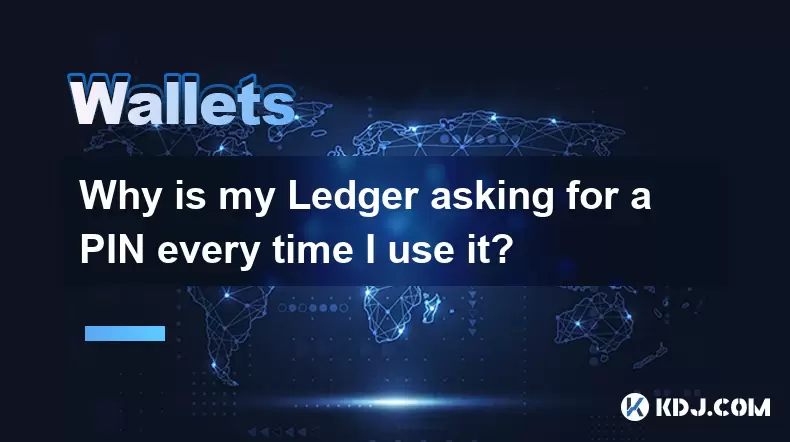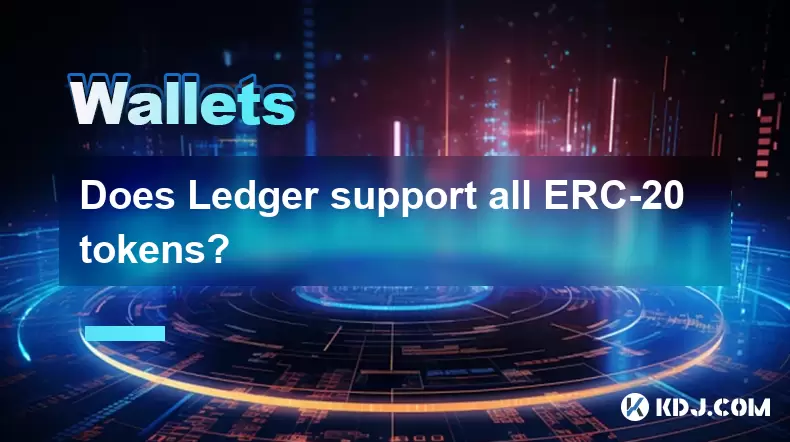-
 Bitcoin
Bitcoin $108,703.4836
0.45% -
 Ethereum
Ethereum $2,576.6839
1.58% -
 Tether USDt
Tether USDt $1.0001
0.00% -
 XRP
XRP $2.2924
-0.87% -
 BNB
BNB $660.2136
0.01% -
 Solana
Solana $151.4729
-0.29% -
 USDC
USDC $1.0000
0.00% -
 TRON
TRON $0.2866
0.04% -
 Dogecoin
Dogecoin $0.1698
0.82% -
 Cardano
Cardano $0.5831
0.13% -
 Hyperliquid
Hyperliquid $37.9814
-3.97% -
 Bitcoin Cash
Bitcoin Cash $503.9489
1.93% -
 Sui
Sui $2.8994
0.74% -
 Chainlink
Chainlink $13.5429
0.38% -
 UNUS SED LEO
UNUS SED LEO $9.0693
-0.19% -
 Stellar
Stellar $0.2524
0.15% -
 Avalanche
Avalanche $18.1959
1.02% -
 Shiba Inu
Shiba Inu $0.0...01180
1.48% -
 Toncoin
Toncoin $2.7601
-0.76% -
 Hedera
Hedera $0.1606
0.96% -
 Litecoin
Litecoin $86.6105
0.26% -
 Monero
Monero $315.7691
-0.56% -
 Polkadot
Polkadot $3.3911
0.25% -
 Dai
Dai $1.0001
0.03% -
 Ethena USDe
Ethena USDe $1.0002
0.02% -
 Bitget Token
Bitget Token $4.3076
-0.05% -
 Uniswap
Uniswap $7.5901
3.66% -
 Aave
Aave $288.0954
0.35% -
 Pepe
Pepe $0.0...01002
1.64% -
 Pi
Pi $0.4578
0.09%
How to use Ledger with a mobile phone?
To securely connect your Ledger hardware wallet to a mobile device, use the Ledger Live app, ensuring your phone meets the OS requirements and confirming all transactions directly on the Ledger screen.
Jul 08, 2025 at 10:49 pm

Connecting Ledger Hardware Wallet to Mobile Devices
Using a Ledger hardware wallet with a mobile phone provides a secure and convenient way to manage cryptocurrencies on the go. To start, ensure that your mobile device meets the necessary requirements: Android 8.0 or higher or an iOS device running iOS 13.0 or later. The Ledger Live app must be installed from the respective app store.
Connect your Ledger device via USB using the appropriate cable—USB-C for most Android devices and Lightning for iOS devices. Once connected, unlock your Ledger using the PIN code and open the relevant cryptocurrency application stored on the device. The Ledger Live mobile app will recognize the hardware wallet automatically, allowing you to proceed with managing your digital assets securely.
Setting Up Ledger Live on Mobile
Before conducting any transactions, it’s essential to configure the Ledger Live mobile app correctly. Upon installation, launch the app and select either "Restore from Recovery Phrase" or "Set Up as New Wallet," depending on whether you already have a Ledger wallet.
For existing users, input the 24-word recovery phrase and public key to restore the wallet. For new users, follow the prompts to generate a new recovery phrase and set a strong PIN code. During this process, ensure that no one observes your screen and that you store the recovery phrase in a secure offline location.
Once setup is complete, connect your Ledger device and approve the connection through the physical buttons on the wallet itself. This step confirms that the mobile app is communicating securely with your hardware wallet.
Managing Cryptocurrencies on Mobile
With the Ledger device paired successfully, users can now interact with various cryptocurrencies directly from their mobile phones. Open the Ledger Live app and navigate to the "Accounts" section. Here, you’ll see a list of all supported cryptocurrencies that are installed on your Ledger device.
To view balances or transaction history, simply tap on the desired cryptocurrency. If you haven’t yet added a specific coin, use the "Add Account" feature within the app to install the corresponding application onto your Ledger wallet. Each installation requires confirmation via the physical buttons on the Ledger device to maintain security.
You can also send and receive funds using the mobile interface. When initiating a transaction, always verify the recipient's address and amount directly on the Ledger screen, not just the mobile display. Confirming on the hardware wallet ensures that no malicious software has altered the transaction details.
Sending Transactions via Mobile and Ledger
Initiating a transaction from your mobile-connected Ledger wallet involves several critical steps to maintain security. Begin by opening the Ledger Live app and selecting the account from which you wish to send funds. Tap the "Send" button and enter the recipient’s wallet address carefully.
Double-check the address manually or scan it using the built-in QR scanner. Input the amount you wish to transfer and choose the appropriate network fee. At this point, the mobile app will prompt you to connect and unlock your Ledger device if it isn’t already.
Review the transaction details directly on the Ledger screen and press both buttons simultaneously to confirm. This dual-verification mechanism prevents unauthorized transactions even if the mobile device is compromised. Once confirmed, the transaction will be broadcasted to the blockchain.
Receiving Funds Using Ledger on Mobile
Receiving cryptocurrency using a Ledger wallet on mobile is straightforward. Within the Ledger Live app, select the cryptocurrency you want to receive and tap on the "Receive" button. The app will display a unique receiving address associated with your wallet.
Ensure that the Ledger device is connected and unlocked before proceeding. Verify the receiving address shown on the mobile app against the one displayed on the Ledger screen. This step is crucial to avoid sending funds to an incorrect or potentially malicious address.
Share the verified receiving address with the sender via email, QR code, or copying it directly from the app. Once the sender initiates the transaction, the balance will reflect accordingly after the required number of confirmations on the blockchain. Always disconnect and lock your Ledger wallet when not in use to protect your private keys.
Securing Your Ledger Connection on Mobile
Maintaining the security of your Ledger wallet while using it with a mobile device is vital. Avoid connecting to public Wi-Fi networks when performing transactions, as these may expose your data to potential attackers. Always ensure that your mobile device is running the latest operating system updates and that the Ledger Live app is updated to its most recent version.
Enable biometric authentication (fingerprint or face recognition) within the Ledger Live app for an additional layer of access control. Furthermore, never share your recovery phrase or allow anyone to observe it during entry. Even though the Ledger device stores private keys offline, the mobile interface serves as a gateway and must be protected accordingly.
If at any point you suspect your mobile device has been compromised, disconnect your Ledger wallet immediately and consider restoring your accounts on a new, trusted device. Regularly audit your transaction history through the Ledger Live app and cross-reference it with the Ledger screen to detect any anomalies early.
Frequently Asked Questions
Can I use Ledger with multiple mobile devices?
Yes, you can pair your Ledger wallet with multiple mobile devices. However, each device must install the Ledger Live app and connect to the hardware wallet separately. Ensure that only trusted devices have access to your wallet and avoid leaving recovery phrases or sensitive data on shared or untrusted devices.
Is it safe to keep Ledger connected to my phone continuously?
While it is technically possible to leave your Ledger wallet connected to your mobile phone, it is not recommended for prolonged periods unless actively managing funds. Disconnecting after use minimizes exposure to potential threats from compromised apps or malware on the mobile device.
What should I do if my Ledger device isn't recognized by my phone?
First, check that the correct cable is being used and that your phone allows file transfers or MIDI communication over USB. Restart both the Ledger wallet and the mobile device, then relaunch the Ledger Live app. If the issue persists, try a different cable or port and ensure that firmware and app versions are up to date.
Can I access decentralized applications (dApps) using Ledger on mobile?
Yes, some dApps support integration with Ledger wallets via mobile browsers like Trust Wallet or MetaMask. Use the browser within the dApp platform, connect your Ledger through USB, and follow the prompts to authorize connections. Always verify transactions on the Ledger screen before confirming.
Disclaimer:info@kdj.com
The information provided is not trading advice. kdj.com does not assume any responsibility for any investments made based on the information provided in this article. Cryptocurrencies are highly volatile and it is highly recommended that you invest with caution after thorough research!
If you believe that the content used on this website infringes your copyright, please contact us immediately (info@kdj.com) and we will delete it promptly.
- Tether's Gold Rush: $8 Billion in Swiss Vaults and the Future of Stablecoins
- 2025-07-09 02:50:13
- Cardano Price: Whale Accumulation Hints at ADA's Future?
- 2025-07-09 03:30:12
- BlockDAG, DeFi, & Crypto Raffles: The Next Big Thing?
- 2025-07-09 03:35:12
- Stables, Mantle, and Stablecoin Utility: A New Era for Crypto Payments?
- 2025-07-09 02:50:13
- ATOM Bullish Breakout: Crypto Sentiment and the Cosmos Ecosystem
- 2025-07-09 02:55:12
- Kraken, Rear Wing, and Memecoins: A Wild Ride to the Singapore Grand Prix!
- 2025-07-09 00:50:12
Related knowledge

What happens if I forget my Trezor passphrase
Jul 09,2025 at 03:15am
Understanding the Role of a Trezor PassphraseIf you use a Trezor hardware wallet, you may have set up a passphrase as an extra layer of security beyon...

How to use Trezor with Exodus wallet
Jul 09,2025 at 12:49am
Connecting Trezor Hardware Wallet to Exodus Software WalletTo use Trezor with Exodus wallet, users need to connect the hardware wallet to the software...

Why is my Ledger asking for a PIN every time I use it?
Jul 08,2025 at 11:21pm
Understanding the Purpose of the PIN on Your Ledger DeviceThe PIN (Personal Identification Number) is a crucial security feature built into every Ledg...

Can I recover my crypto without a Ledger device if I have the phrase?
Jul 09,2025 at 01:36am
Understanding the Role of a Recovery Phrase in Crypto SecurityIf you have your recovery phrase but no Ledger device, you might wonder whether it's pos...

Can I have multiple PIN codes on one Ledger?
Jul 09,2025 at 12:35am
Understanding the Basics of Decentralized Exchanges (DEXs)A decentralized exchange, or DEX, is a type of cryptocurrency trading platform that operates...

Does Ledger support all ERC-20 tokens?
Jul 09,2025 at 03:42am
Understanding Ledger Wallets and Their Token SupportLedger wallets, such as the Ledger Nano S and Ledger Nano X, are hardware wallets designed to secu...

What happens if I forget my Trezor passphrase
Jul 09,2025 at 03:15am
Understanding the Role of a Trezor PassphraseIf you use a Trezor hardware wallet, you may have set up a passphrase as an extra layer of security beyon...

How to use Trezor with Exodus wallet
Jul 09,2025 at 12:49am
Connecting Trezor Hardware Wallet to Exodus Software WalletTo use Trezor with Exodus wallet, users need to connect the hardware wallet to the software...

Why is my Ledger asking for a PIN every time I use it?
Jul 08,2025 at 11:21pm
Understanding the Purpose of the PIN on Your Ledger DeviceThe PIN (Personal Identification Number) is a crucial security feature built into every Ledg...

Can I recover my crypto without a Ledger device if I have the phrase?
Jul 09,2025 at 01:36am
Understanding the Role of a Recovery Phrase in Crypto SecurityIf you have your recovery phrase but no Ledger device, you might wonder whether it's pos...

Can I have multiple PIN codes on one Ledger?
Jul 09,2025 at 12:35am
Understanding the Basics of Decentralized Exchanges (DEXs)A decentralized exchange, or DEX, is a type of cryptocurrency trading platform that operates...

Does Ledger support all ERC-20 tokens?
Jul 09,2025 at 03:42am
Understanding Ledger Wallets and Their Token SupportLedger wallets, such as the Ledger Nano S and Ledger Nano X, are hardware wallets designed to secu...
See all articles

























































































